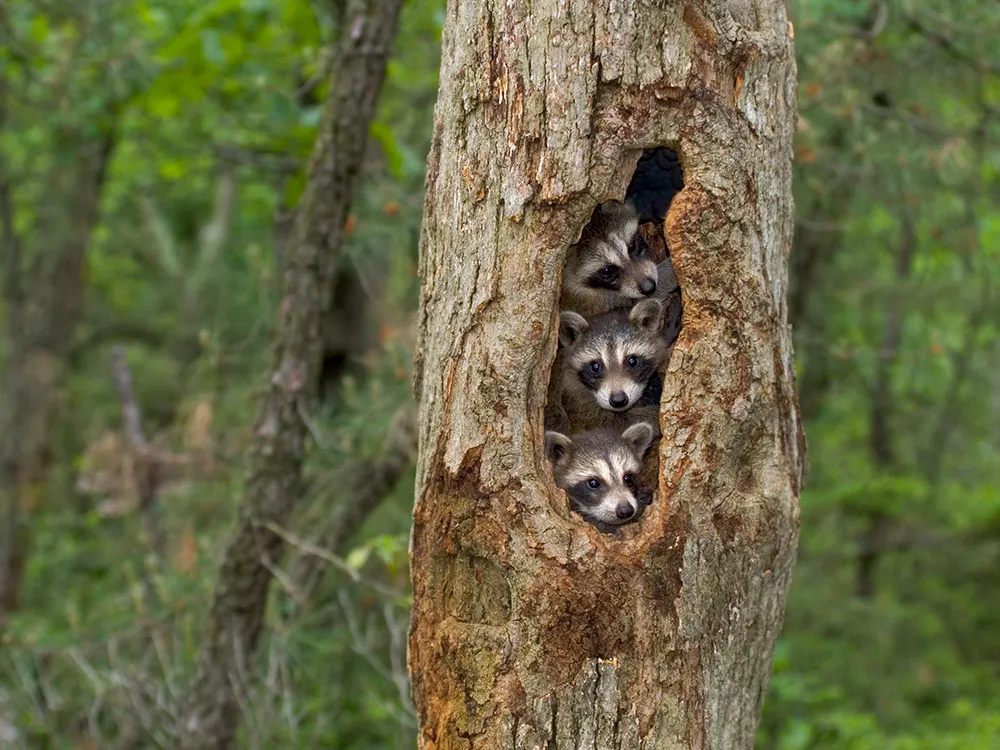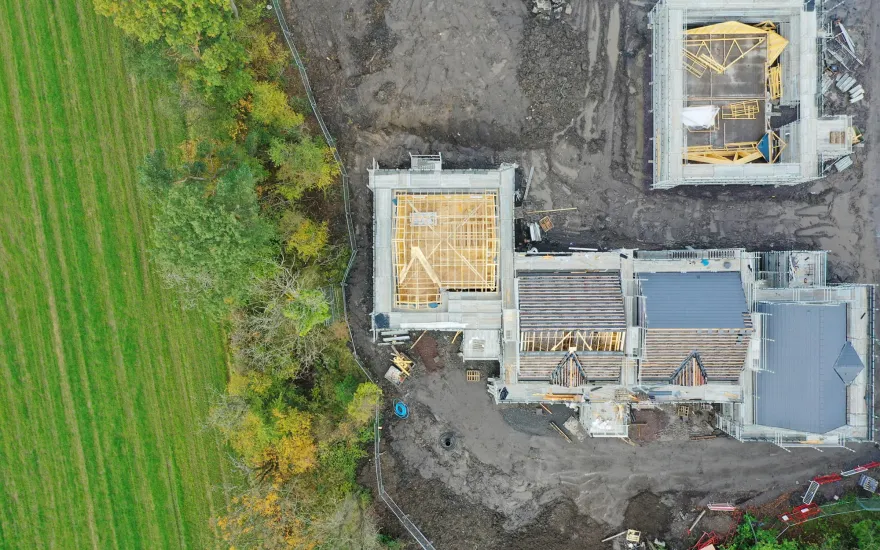Now live: The 2025 Canopy Report. Learn how Americans see trees. GET THE REPORT
Bulletin
Trees for Wildlife
A common thread that runs through the fabric of America is our love for wildlife. Whether it is a squirrel in a city park or a hovering marsh hawk hunting the edges of a golf course, wildlife is a valued resource that most Americans want to protect and enjoy. But as our country becomes more urban, sharing it with wildlife takes understanding and planning — and not surprisingly, trees play an important role.

Periodic national surveys by the U.S. Fish and Wildlife Service underscore the importance of watchable wildlife in our communities.
This research also points out the tremendous economic impact associated with the nonconsumptive use of this resource. In a single year more than 71 million people 16 years of age and older spend more than $46 billion on equipment and travel for wildlife watching. Approximately $471 million is spent on identification guides and other books or magazines, $656 million goes for binoculars and spotting scopes, and a whopping $3.3 billion buys bird food!
The importance of wildlife can also be seen in higher property values for homeowners who landscape to attract birds. There are even educational values with evidence showing that children who are fortunate enough to interact with wildlife and its habitat enjoy enhanced physical development and intellectual and social competence.
Wildlife is a barometer that measures the quality of the environment we share. The same unplanned sprawl that eliminates wildlife habitat also victimizes people who lose beauty and diversity that could enrich their lives. The link between trees and other vegetation, wildlife, and people is at the heart of good urban forestry.
With a little planning, the benefits we usually expect from trees can easily be multiplied to also benefit wildlife. For example, when planting for ornamental purposes, by knowing what trees attract birds you might substitute a bird-rich flowering dogwood in place of an eastern redbud that has only limited value for birds. Or, when planning to plant hybrid poplars for quick shade, remember that they are almost devoid of birdlife. Consider interplanting with trees like mountainash or crabapples that are favored by approximately a dozen different bird species. Wild black cherry not only grows quickly, but this bird magnet attracts nearly 50 species!
By understanding a few basic principles and obtaining some of the excellent references on attracting wildlife, you can directly affect the variety and quantity of wildlife around your home and in your community.
ASK NOT ONLY WHAT YOU CAN DO FOR BIRDS, BUT WHAT BIRDS CAN DO FOR YOU!
- A Baltimore oriole can consume 17 hairy caterpillars in a minute.
- A house wren feeds 500 insects to its young every summer afternoon.
- A pair of flickers considers 5,000 ants a mere snack.
- A swallow can devour 1,000 insects every 12 hours.
- A brown thrasher has been known to eat 6,180 insects in one day.
- A pair of scarlet tanagers have been seen eating 630 newly hatched caterpillars of the gypsy moth in 18 minutes.
In This Bulletin
Here’s what’s inside:
- What Wildlife Needs – understanding what makes up good habitat for wildlife
- Old Trees are Good Trees – the benefits old trees provide for wildlife and how to balance that with community safety
- There’s Life in Dead Trees – how decaying trees can benefit the natural world
- Wildlife and the Community Forestry Program – helping wildlife thrive in urban spaces
- A Consultant Offers Advice – insights from consulting arborist Brian Gilles of Kirkland, Washington
